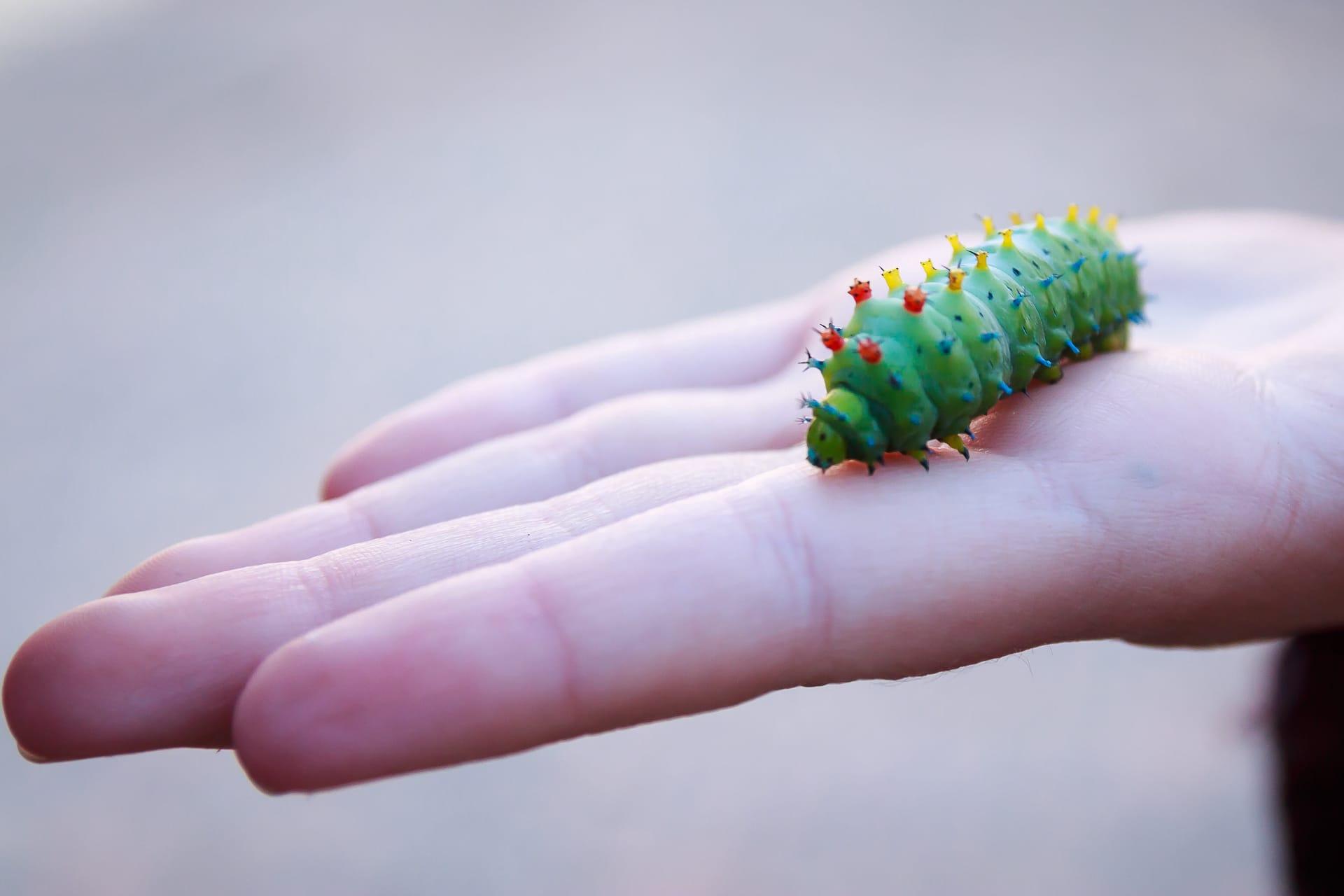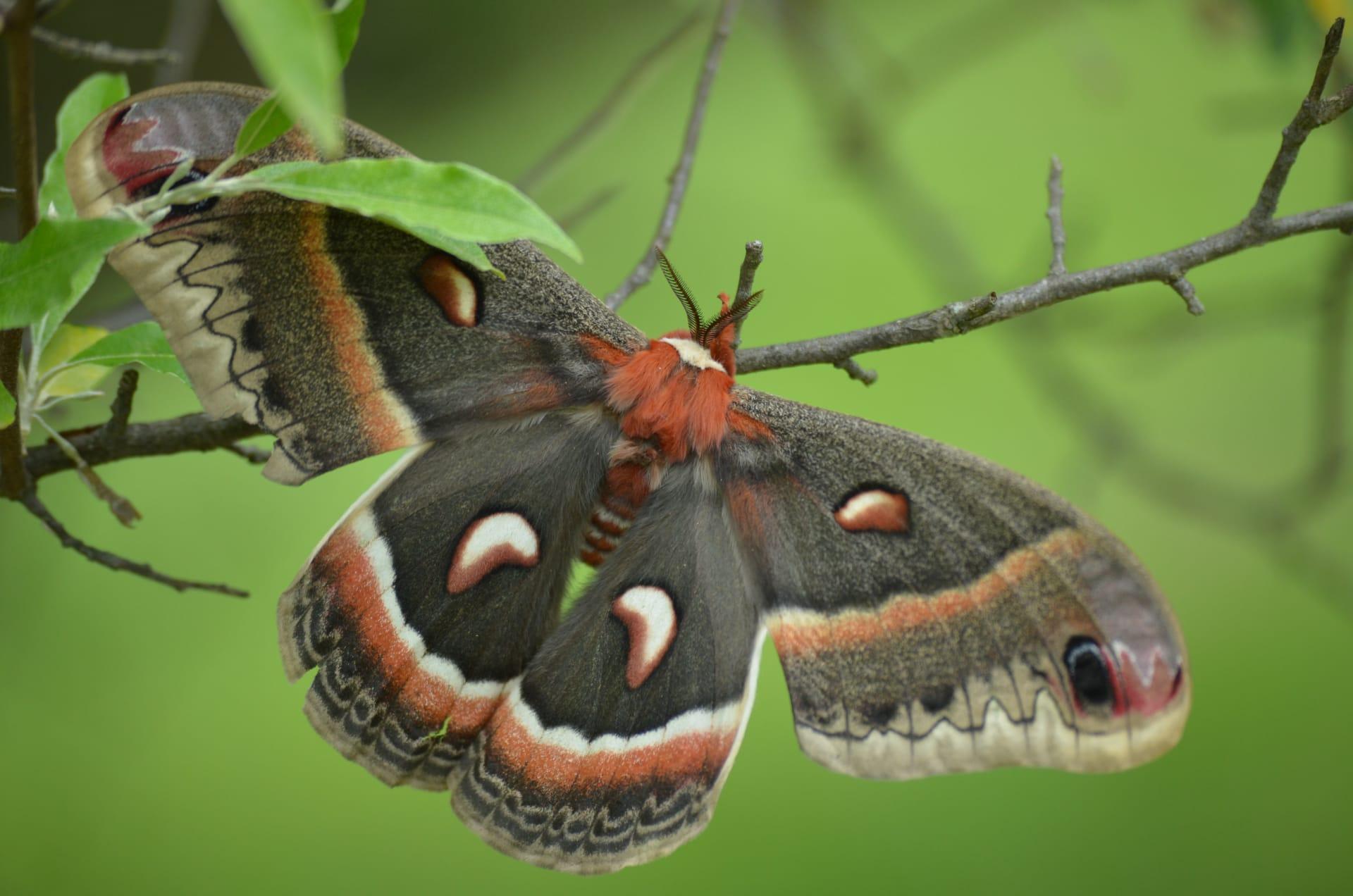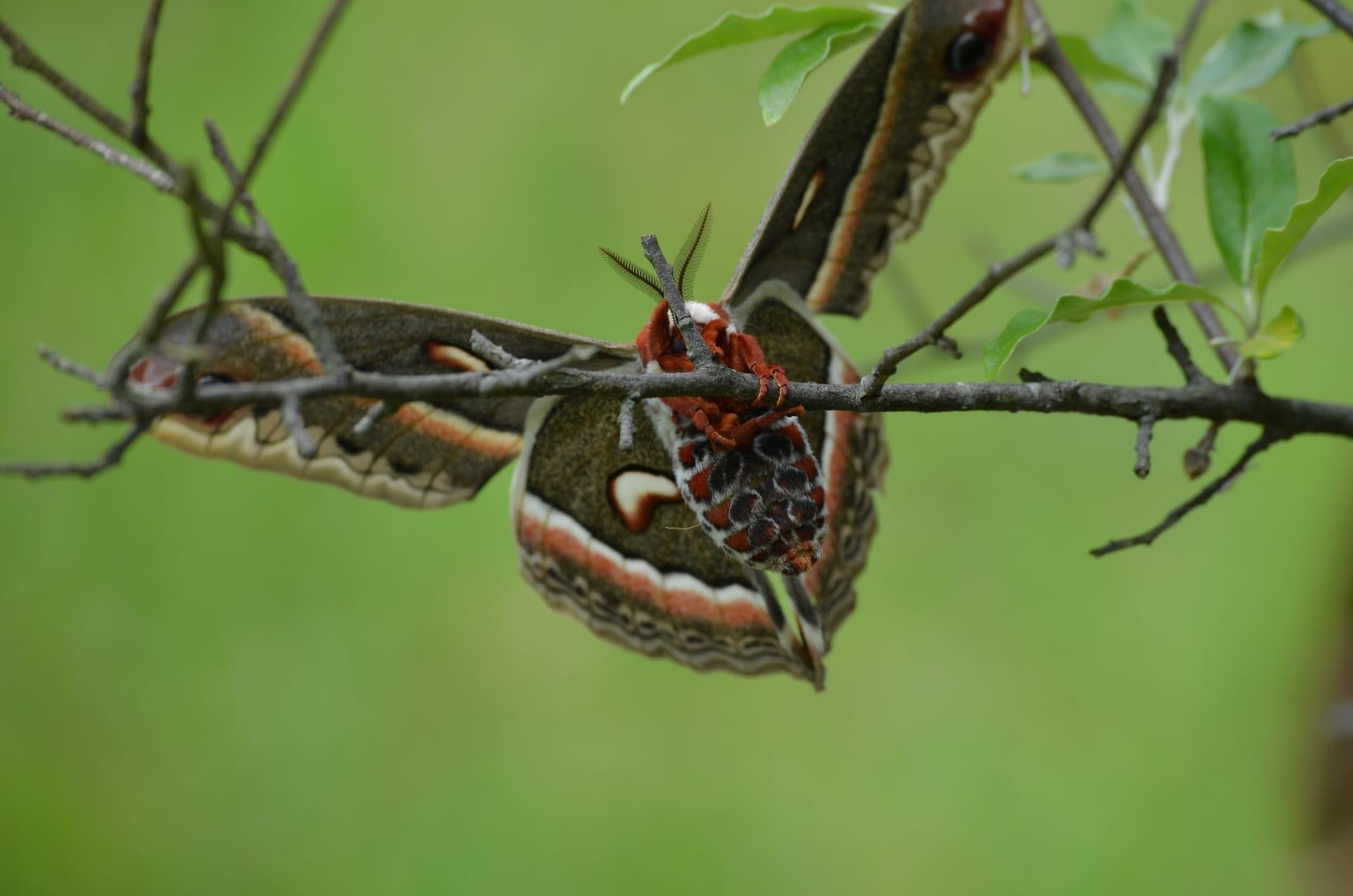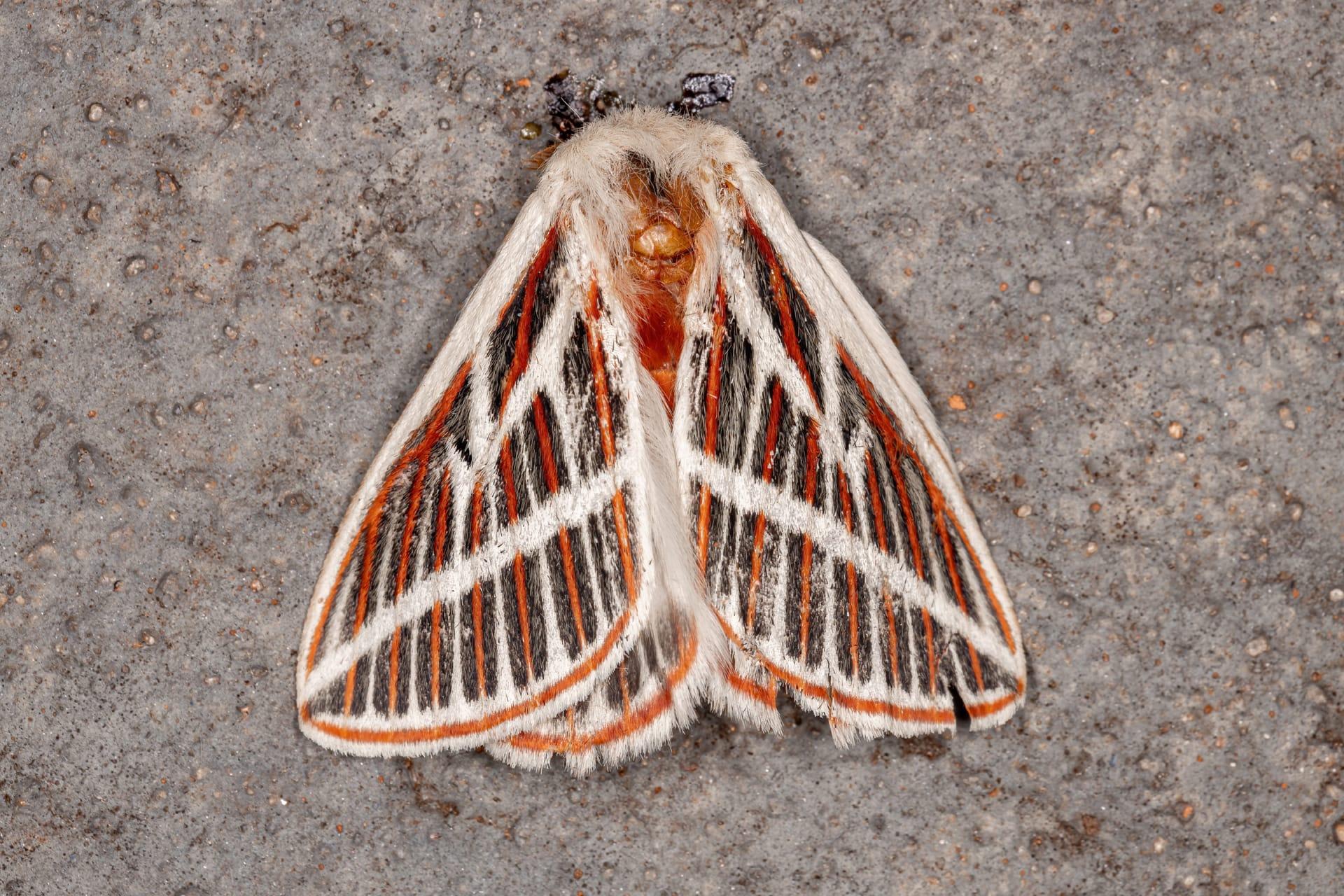Cecropia Moth Characteristics
- Home /
- Mini Encyclopedia /
- Animal /
- Cecropia Moth Characteristics
1
The Cecropia Moth, a North American native, stands as one of the largest moths, with an impressive wingspan ranging from 5 to 7 inches. Its vibrant wings display a collage of red, white, brown, and black hues, captivating the eye. Remarkably, its average lifespan, spanning only 2 weeks as an adult, contrasts with its majestic size. During this brief period, the moth does not eat, dedicating its life solely to reproduction.
One of the most unique organs of the Cecropia Moth is its antennae. These feathery structures are not just for show; they play a critical role in mating. Male Cecropia Moths have larger and more elaborate antennae than females, enabling them to detect female pheromones from miles away. This keen sense of smell is essential for locating mates in the vast wilderness.

2
Question: "Why don't adult Cecropia Moths eat?"
Answer: Adult Cecropia Moths lack a functioning mouth and digestive system. This surprising adaptation is due to their short lifespan and singular focus on reproduction. They rely entirely on the energy reserves accumulated during their caterpillar stage. During this phase, they consume large amounts of leaves, storing energy for their adult life, which is entirely devoted to mating and laying eggs.

3
The Cecropia Moth exhibits a fascinating locomotion characteristic. Despite their large size, they are surprisingly adept fliers. Their flight pattern is somewhat erratic and fluttering, a strategy that helps avoid predators. During the day, they are mostly inactive, preferring to fly at night.
As caterpillars, Cecropia Moths are voracious eaters, primarily consuming leaves of various trees such as maple, birch, and cherry. This stage is crucial for energy accumulation, as the adult moths do not eat. The caterpillars have a striking appearance, with bright green bodies and vivid red and yellow knobs, making them a remarkable sight on the foliage they consume.

4
Cecropia Moths are typically found in wooded areas, parks, and forests across North America. They prefer habitats with abundant foliage, as their caterpillars need a large supply of leaves to feed on. They are also commonly seen in suburban gardens where host plants are available.
The reproduction of Cecropia Moths is a race against time. After emerging from their cocoons, the moths have only about 2 weeks to find a mate. The females release pheromones to attract males. After mating, the female lays up to 100 eggs on the underside of leaves. The eggs hatch into caterpillars, which eventually cocoon, continuing the cycle of life.

5
Book: "The World of the Cecropia Moth" by Jonathan B. Smith, published in the USA in 1998. This book delves into the life cycle, habitat, and behavior of the Cecropia Moth. Smith's detailed observations and vibrant photographs offer a comprehensive look into the world of these fascinating creatures, appealing to both amateur naturalists and seasoned entomologists.
Book: "Moths of North America: A Field Guide" by Emily R. Wilson, released in Canada in 2005. This guide includes a section dedicated to the Cecropia Moth, providing insights into its identification, habitat, and life history. Wilson's work is celebrated for its accuracy and ease of use, making it a valuable resource for anyone interested in North American moths.